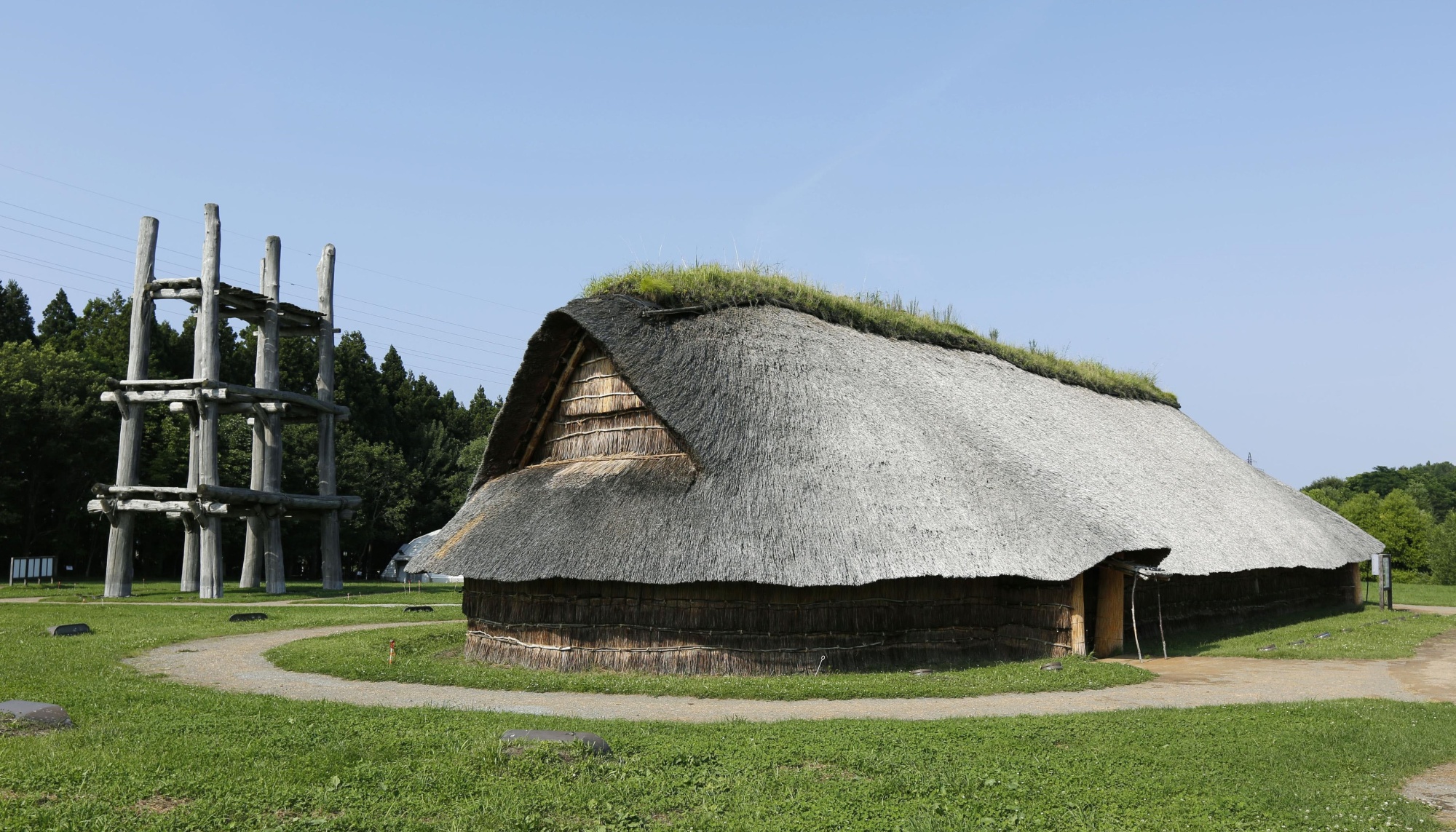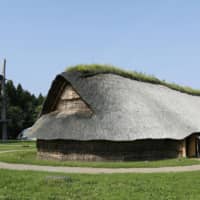The government decided Thursday to recommend the Jomon Period archaeological sites in northern Japan as a UNESCO World Cultural Heritage candidate for 2021.
Japan will submit its formal recommendations to the organization by Feb. 1 for the 17 ancient sites in Hokkaido, Aomori, Iwate and Akita prefectures, which represent a culture that prevailed for more than 10,000 years.
The UNESCO advisory panel will publish its assessment of the ruins around May 2021. Whether to add them to the World Cultural Heritage list will be decided in the summer of that year.
If registered, the locations will become Japan's 20th World Cultural Heritage listing and the first prehistoric sites to be included in the list.
The ruins include the Sannai-Maruyama site, a large settlement in Aomori Prefecture, and the Oyu Kanjo Resseki site, two large stone circles in Akita Prefecture.
Local governments say the sites featuring numerous settlements, stone circles and graves have global value as they provide insights into a hunter-gatherer society and the spiritual culture of the Jomon Period, believed to have begun 16,000 years ago.
The four prefectural governments hosting the sites have been discussing a plan to change the names of these sites to facilitate international understanding of the ruins' value. They plan to make a decision later this month.
Currently, there are 1,121 UNESCO World Heritage designations that include cultural, natural and mixed sites.
The UNESCO World Heritage Committee examines only one recommendation per country a year. In 2020, the committee will examine whether to register the Amami-Okinawa island chain, recommended by Japan, in a meeting to be held in China's Fuzhou in summer.




